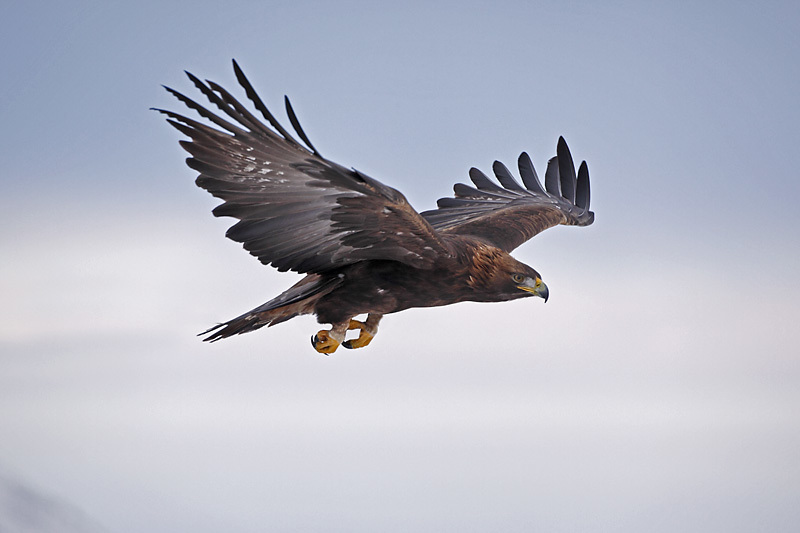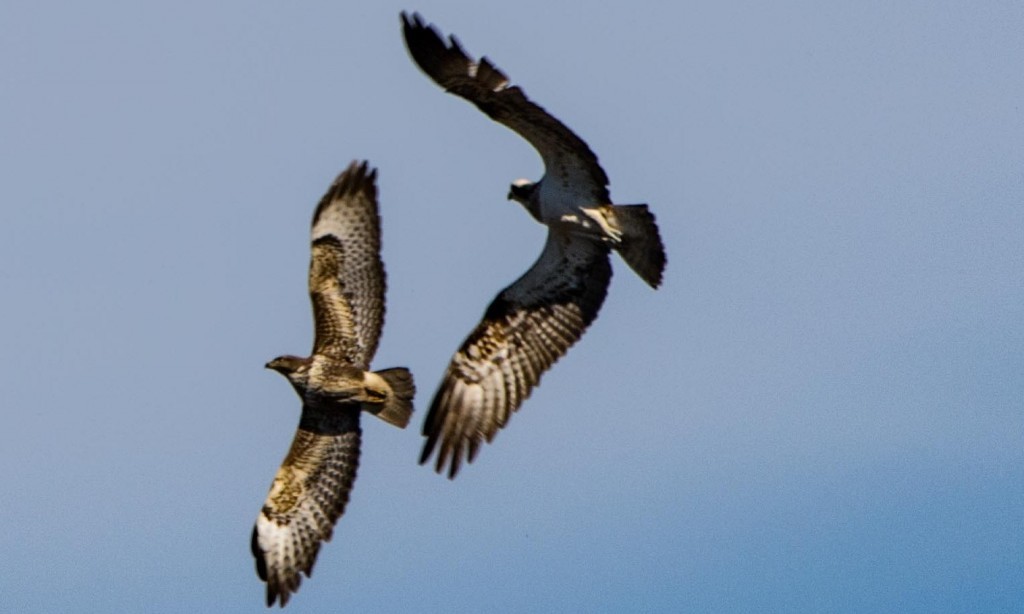Bird of prey crimes across Scotland fell by more than 25% last year, according to new figures.
Data delivered by the Partnership for Action against Wildlife Crime Scotland (PAWS) shows a national crime map of 14 confirmed crimes during 2016, compared to 19 the previous year.
They included the killing of buzzards and a goshawk, with golden eagle and osprey nests the subject of disturbances.
The offences included four shootings and a similar number of poisoning incidents, as well as illegal trapping.
Across Tayside, 2016 incidents included the shooting of buzzards in February and May and the trapping of the same species
Experts in the crime partnership say they remain committed to bringing the figures down and have pledged to work with the game shooting sector with which incidents have previously been linked.
A dip in poisoning incidents from six to four was the second lowest number in a single year since PAW Scotland began publishing the crime maps in 2004.
Environment Secretary Roseanna Cunningham said: “I have ordered a review of the data from satellite tagged birds of prey in an attempt to shed new light on the disappearance of a number of tagged birds.
“So while I welcome these figures today, my message remains clear: The illegal persecution of Scotland’s magnificent birds of prey must end.
“The National Wildlife Crime Unit, now based in Stirling, plays an important role in protecting our wildlife. I’m delighted to confirm a further year of funding to allow the unit to continue its important work and help protect all of our wildlife, including birds of prey.”
Douglas McAdam, chief executive of Scottish Land & Estates, a partner in the Partnership for Action Against Wildlife Crime Scotland (PAWS) said: “There is still work to do to eradicate this problem and the evidence points to measures that have been put in place having the desired effect.
“Scotland has one of the toughest legislative regimes around bird of prey crime, some of it introduced quite recently.
“These figures clearly show that it is playing a significant part in reducing bird of prey crime, even though proposed new penalties for wildlife crime generally are not yet introduced.
“The land management sector recognises that some of the incidents may have been related to game shooting interests and is committed to keep working to bring those figures down even further in future.
“We strongly endorse the careful use of proven police evidence in drawing up these maps and although there is limited information about some incidents, the range of species and locations indicates that the motivation behind these crimes is varied.”
A spokesman for the Scottish Gamekeepers Association said: “The Scottish Government deserves credit for a targeted approach which is achieving results, with more measures due to be enforced regarding tougher penalties.
“No one can change the past and no problem can be sorted overnight but there is definite evidence of changing attitudes regarding crime against wildlife in Scotland.
“The SGA does not condone wildlife crime and seeks legal solutions, only, to solve species conflicts.
“Our membership, the vast majority of whom are wholly law abiding, are supportive of this stance and respect the clear message it sends.”











